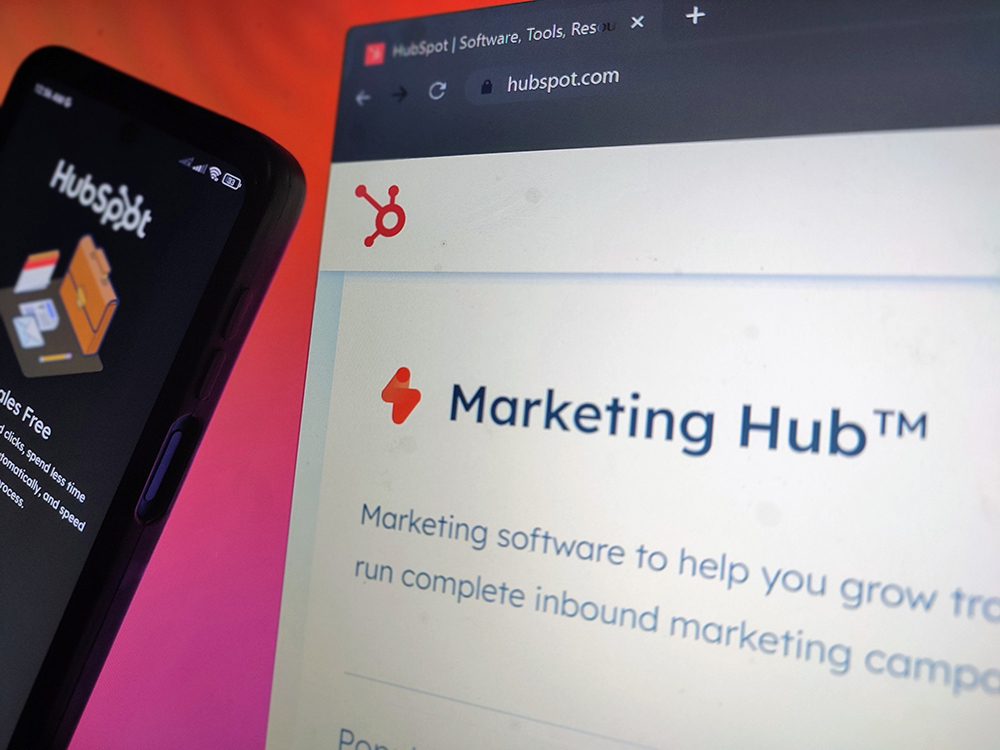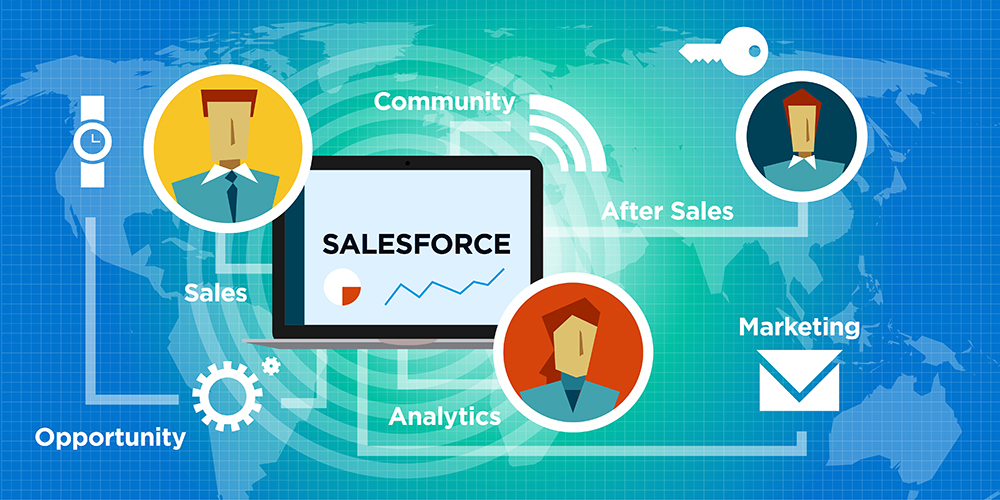Japanese brands take a hands-on, methodical approach to marketing to their user base, no matter how mundane the task. This personalized mindset is baked into the culture, so utilizing marketing automation tools in Japan for effective growth must be done with care.
In This Article
Tasks typically done via automation tools can include:
- Email drip campaigns
- Lead-nurturing
- Tracking ad and web interactions
We can talk about what Japanese consumers value, and we have. More importantly, when it comes to communicating with your audience, it’s about what they expect. Whatever you do, make sure authenticity and consistency are at the forefront. Japanese customers have a discerning eye, and can spot impersonal marketing from a kilometer away. Get it? Because, Japan uses metric system?
Anyway, it’s crucial these two elements aren’t lost when automating your marketing campaigns. So today, we’ll review two of the best marketing automation tools: HubSpot and Salesforce.
Let’s compare each platform’s features and roles in the Japanese marketing landscape.
HubSpot: An Agile Tool for Early Japan Market Entry
HubSpot is like a digital Swiss army knife for marketing. It’s fast and flexible, acting as an all-in-one tool combining CRM, marketing, sales and service within the same ecosystem. You can get everything you need done without worrying about switching between multiple integrations.

HubSpot’s Benefits and Limitations in Japan
If you’re small-to-mid-size team with limited resources, HubSpot might be ideal for you. It’s simple, quick to deploy, and allows seamless bilingual management between you and your local partner agency.
However, there are some drawbacks to keep in mind:
- May be difficult to adapt as you grow
- Integration with Japan-specific CRMs may not be completely straightforward
- Affordable to start, but lead-nurturing costs can increase as contact lists expand
Salesforce: An Established CRM in Japan with Scalability
Salesforce is a major player that is well-known in Japan. Thus, the learning curve isn’t really that steep at all for Japanese agencies who may likely already be using it. It’s a robust platform that spent a great deal of time establishing itself as the premiere CRM in Japan, expanding into wide-spectrum marketing automation.
Salesforce’s Strengths and Weaknesses in Japan
Salesforce is the way to go for multichannel communication across email, ads, social media, etc. Its Marketing Cloud platform can manage these and much more. This is especially important because Japanese consumers respond best to “One to One” marketing, and Salesforce Marketing Cloud is quite strong in that regard.

As with HubSpot, Salesforce is not without its share of downsides:
- Steep learning curve, specialized staff may be needed (especially for Japan)
- Already a higher starting cost, only gets pricier as you scale up
- Could be a waste of your effort and money for smaller businesses
While Salesforce has its challenges, it’s certainly the optimal choice for customizing control over the customer journey. Plus, if you have the capacity to scale, Salesforce can grow with your needs.
Accelerate Your Japan Market Entry with iCJ
Both Salesforce and HubSpot meet a certain set of needs, and as we’ve mentioned, Salesforce is tops among the leading marketing automation tools in Japan.
However, HubSpot has been gaining steady traction in the Japanese landscape. More Japanese partner agencies are adopting the platform and expanding the possibilities for overseas companies marketing here. At iCJ, we have experienced marketers trained to work with both platforms.
For global brands entering Japan, one of the toughest early hurdles is establishing brand presence without an army of local staff. With iCJ’s wealth of marketing automation knowledge from our native staff, you’ll have a dedicated marketing team in an instant.
